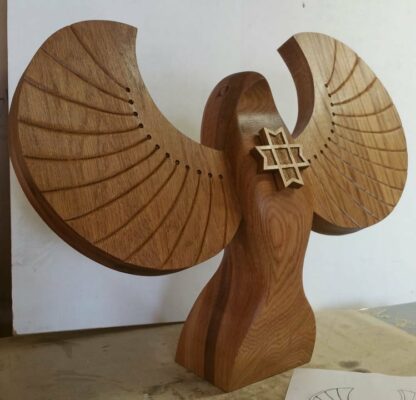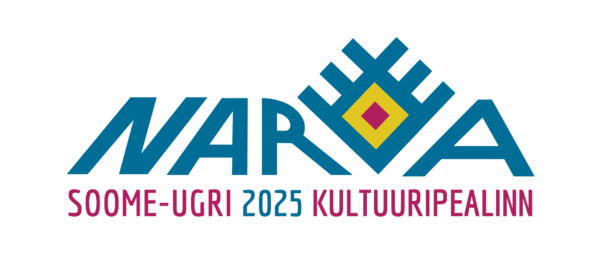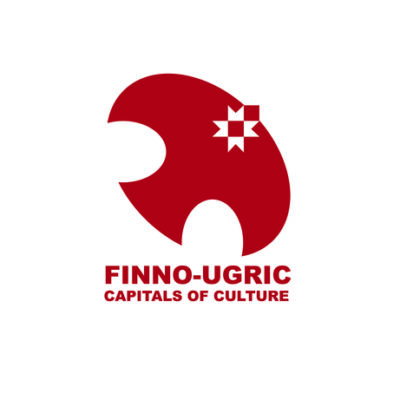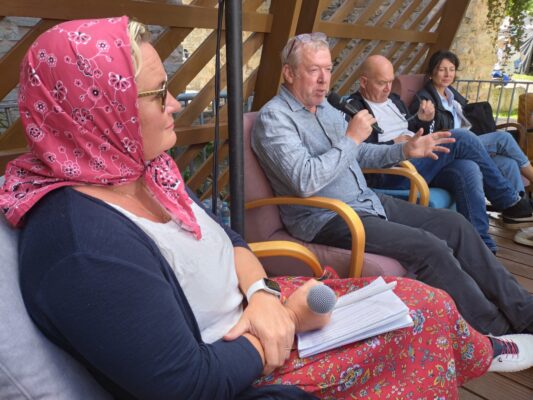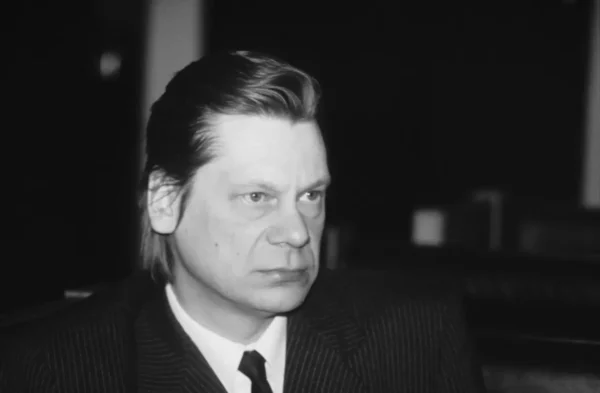
News
2026 Finno-Ugric Capital of Culture is Hancock, Michigan, USA
On 21 June, the 2026 Finno-Ugric Capital of Culture was announced in Narva, the 2025 Finno-Ugric Capital of Culture in Hancock, Michigan, USA. Hancock is …
Competition for 2026 Finno-Ugric Capital of Culture opened
On 24 March, the Estonian Uralic Centre, in cooperation with Sukukansojen ystävät ry, announced the opening of the 2026 Finno-Ugric Capital of Culture competition. The …
Opening ceremony of Finno-Ugric Capital of Culture Narva 2025: overview
On the first days of spring, on 1 and 2 March, the city of Narva was celebrated as the 2025 Finno-Ugric Capital of Culture. The …
Narva is the Finno-Ugric Capital of Culture 2025
Narva became the Finno-Ugric Capital of Culture on Saturday 1 March 2025, and the opening ceremonies were also covered by ERR. The author of the …
Plan of Narva 2025 Finno-Ugric Capital of Culture unveiled
House of Ingria, the main organiser of Narva 2025, has unveiled the Capital of Culture programme. The focus of the events organised by Fenno-Ugria will also be on Narva this year: the Kindred Peoples' Days conference 'Ingrian - land, people and culture' will take place at Narva Town Hall on 16 October, while the big event of the kindred peoples' month, a Finno-Ugric music concert, will take place on 18 October in the Rugodiv Culture House. Fenno-Ugria will also organise its travelling exhibitions in various cultural institutions and schools in Ida-Viru County this season.
Ingrian House to host the events of the Finno-Ugric Capital of Culture 2025 in Narva
Ekaterina Kuznetsova, Director of the Narva Ingrian House, gave an overview of the events of the Finno-Ugric Capital of Culture Narva 2025 on Raadio 4 …
In memoriam Arnold Rüütel (1928-2024)
The deceased President of the Republic of Estonia will go down in the history of our country as a statesman who was one of the …
Fenno-Ugria panel at Paide Opinion Festival on Youtube
On 10 August, the panel 'The nation on the display window and on the stall', organised by Fenno-Ugria, discussed the tourism industry and the folklorisation of small cultures.
Narva, Finno-Ugric Capital of Culture 2025
The title was announced on 29 June 2024 in Kuhmo, Finland. Narva is the 11th Finno-Ugric Capital of Culture.
In memoriam Jaan Tooming 28.03.1946- 5.04.2024
The director and actor Jaan Tooming, who considered Finno-Ugric ways of thinking important to Estonians, has passed away. Inspired by the work of Uku Masing, he reflected these thoughts in his theatre productions.
Competition for Finno-Ugric Capital of Culture 2025 begins
URALIC Centre together with Sukukansojen Ystävät ry and the Finnish-Hungarian Society announced the beginning of the competition on 4 March 2024.
'Smoke Sauna Sisterhood' nominated for international awards
The Estonian-made and co-produced documentary film ‘Smoke Sauna Sisterhood’, or ‘Savvusanna sõsarad’ in South Estonian has received much international attention. The movie, directed by Anna …

